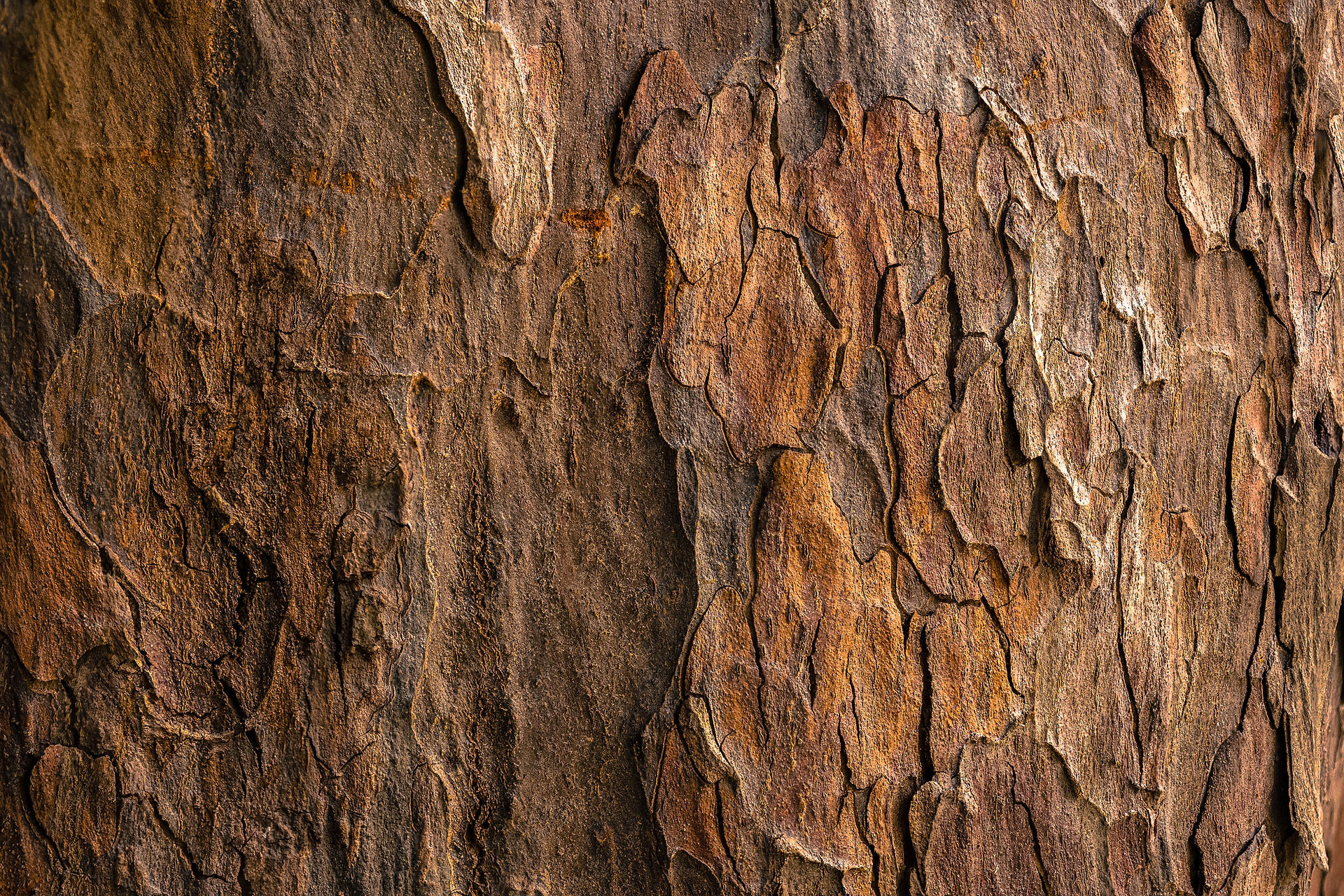INDIAN TARMARIC
Indian Turmeric
Indian Turmeric: The Golden Spice Rooted in Tradition and Science
Indian turmeric, the vibrant yellow spice lovingly called "haldi," is more than just a culinary staple; it's a cornerstone of traditional medicine and cultural ceremonies that has been revered for centuries.
India stands as the world's largest producer, consumer, and exporter of this prized rhizome, with its turmeric celebrated globally for its superior quality and high curcumin content.
A Spectrum of Varieties Across the Subcontinent
The diverse geography of India gives rise to several distinct varieties of turmeric, each with its unique characteristics in terms of color, flavor, and, most importantly, the concentration of its active compound, curcumin. Among the most prominent are:
Lakadong Turmeric: Hailing from the Jaintia Hills of Meghalaya, this variety is considered the world's best due to its exceptionally high curcumin content, which can range from a remarkable 7% to 12%.This makes it highly sought after for both its potent medicinal properties and its deep, robust flavor.
Alleppey Turmeric: Grown in Kerala, Alleppey turmeric is known for its bright orange-yellow color and a curcumin content of around 5-6.5%. It is a popular choice for both culinary and medicinal applications.
Salem Turmeric: Originating from Tamil Nadu, Salem turmeric is a widely cultivated and traded variety with a curcumin level of about 3.5-4.5%. Its vibrant yellow hue makes it a favorite in many households and for commercial turmeric powder production.
Erode Turmeric: This variety from Tamil Nadu was granted a Geographical Indication (GI) tag in 2019, signifying its unique qualities tied to its origin.The Erode ‘Chinna Nadan’ cultivar is particularly well-known.
Rajapuri and Sangli Turmeric: These varieties from Maharashtra are also significant. Sangli turmeric, in fact, also holds a GI tag for its quality.
The Science Behind the Golden Glow: Health Benefits of Curcumin
The medicinal prowess of turmeric is primarily attributed to curcumin, a powerful polyphenol with potent anti-inflammatory and antioxidant properties.Scientific studies have explored its potential in various health conditions:
Anti-inflammatory Effects: Chronic inflammation is a key driver of many diseases. Curcumin has been shown to be a natural anti-inflammatory compound that can help manage conditions like arthritis.Some research suggests its efficacy is comparable to that of anti-inflammatory drugs, but with a better safety profile.
A Potent Antioxidant: Curcumin's antioxidant properties help neutralize harmful free radicals in the body, which are linked to aging and various diseases. It can also boost the body's own antioxidant enzymes.
Potential in Cancer Prevention and Treatment: Numerous studies have indicated that curcumin may have a role in cancer prevention and treatment. It has been observed to kill cancer cells and inhibit their growth in laboratory settings.While more research is needed, its potential to complement conventional cancer therapies is being actively investigated.
Brain Health: Curcumin may increase levels of Brain-Derived Neurotrophic Factor (BDNF), a growth hormone that functions in the brain.This could potentially delay or even reverse age-related brain diseases and improve memory.
Heart Health: The anti-inflammatory and antioxidant properties of curcumin are also beneficial for heart health. It may help improve the function of the endothelium (the lining of the blood vessels) and reduce factors that contribute to heart disease.
Other Potential Benefits: Research also suggests curcumin may be beneficial in managing depression, Alzheimer's disease, and various skin conditions.
From the Farm to the Kitchen: Cultivation and Culinary Uses
Turmeric thrives in a warm, humid climate with well-drained, loamy soil. Major turmeric-producing states in India include Maharashtra, Telangana, Karnataka, and Tamil Nadu.The cultivation process involves planting rhizomes, and after about 7-9 months, the mature rhizomes are harvested, boiled, and then dried before being sold whole or ground into the familiar bright yellow powder.
In the kitchen, Indian turmeric is indispensable. Its earthy, slightly bitter, and peppery flavor is a key component in countless dishes:
Curries and Gravies: It forms the base of most Indian curries, lending its characteristic color and flavor.
Lentils and Vegetables: A pinch of turmeric is almost always added to dals (lentil dishes) and vegetable preparations.
Rice Dishes: It is used to color and flavor rice preparations like pulao and biryani.
Pickles and Chutneys: Turmeric is a common ingredient in Indian pickles for its flavor and preservative qualities.
"Golden Milk": A warm and soothing beverage made with milk, turmeric, and other spices like black pepper and ginger, known for its health benefits.
Cultural Significance: Beyond the kitchen, turmeric holds a sacred place in Indian culture. It is used in religious ceremonies, weddings (as part of the 'haldi' ceremony), and as a natural dye.
From the fertile fields of India to kitchens and medicine cabinets around the world, Indian turmeric continues to be a cherished spice, valued not only for its vibrant color and flavor but also for its profound health-promoting properties, a testament to the wisdom of ancient traditions now being validated by modern science.
TERMS AND CONDITIONS
NO RETURNS
NO EXCHANGES
NO REFUNDS
































